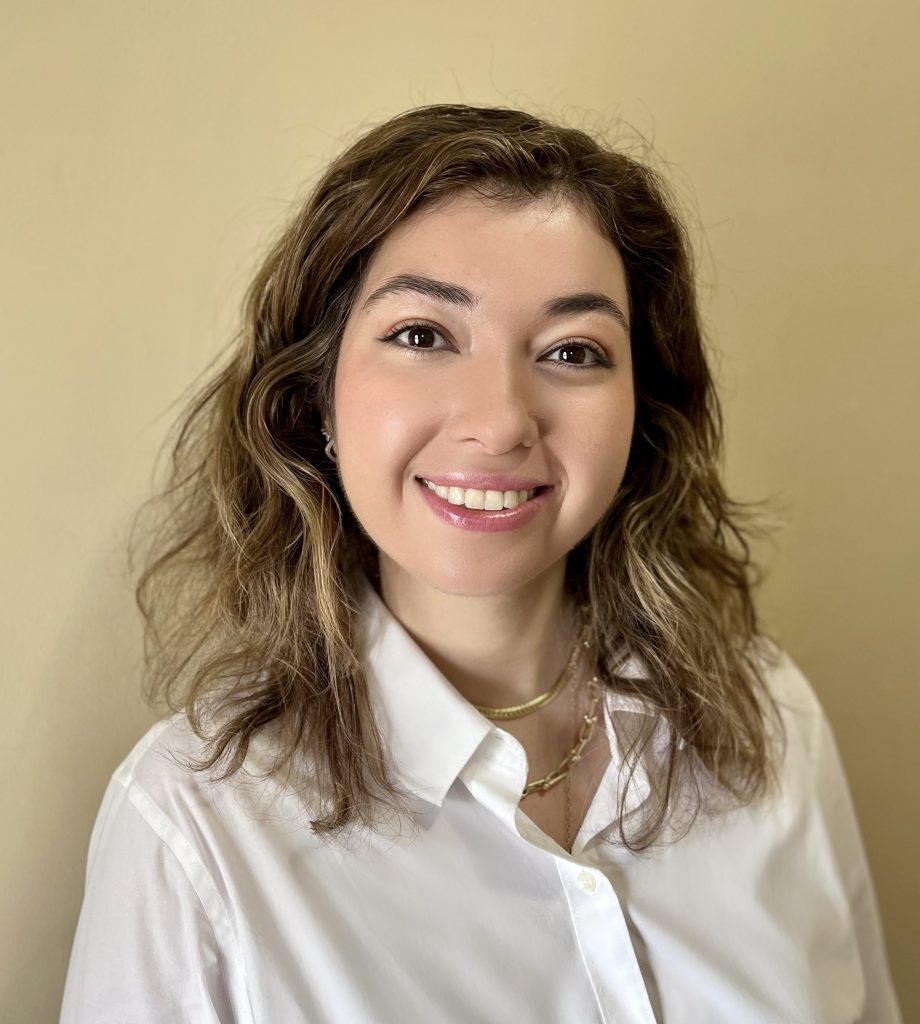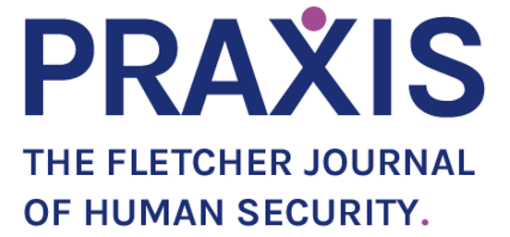
Refugees and the City: How Migration Facilitated Mafraq, Jordan’s Green Transition
Refugees and the City: How Migration Facilitated Mafraq, Jordan’s Green Transition
By Leen Hayek
Mafraq city is the capital of Jordan’s northeastern Mafraq governorate, which borders Iraq to the east, Syria to the north, and Saudi Arabia to the southeast. Mafraq, Arabic for “crossroad”, remains a key junction point between international borders. Syria’s Jaber border is a mere 20km from Mafraq; the governorate has thus become an important land port with a special connection to Syria. This connection deepened during the Syrian War, when thousands of refugees settled in the city of Mafraq. Already vulnerable, this influx of refugees compounded existing challenges in Mafraq: limited economic prospects, high unemployment, poor infrastructure, and scarce natural resources (primarily water and energy), among others. However, after nearly a decade of Syrian conflict, Mafraq’s capacity-building interventions have led to refugee resettlement success stories; such interventions have facilitated the employment of refugees within Mafraq’s emergent green infrastructure sector.
Mafraq and the Environmental Impact of the Refugee Crisis
Mafraq’s population has almost doubled in the last decade; since 2011, Mafraq has hosted more than 170,000 refugees per the United Nations Higher Commissioner for Refugees (UNHCR) and many more Syrians who do not have refugee status. Jordan currently hosts more than one million Syrian refugees, the bulk of whom live in Mafraq and Irbid, the governorates closest to the Syrian border. Due to its rural and desert nature, Mafraq has long suffered from various economic and environmental challenges, including unemployment, barriers against women’s entry to the labor market, and a critically waning water supply, among others. Since 2011, the Syrian crisis has exacerbated many of these challenges.
An influx of individuals into a community increases demand for resources, and the refugee-related narrative often becomes shrouded by host community-refugee tension. Negative environmental impacts are exacerbated by mass migration and informal settlements that lack access to infrastructure or public services. Mafraq is no different; a study assessed the environmental impacts of Syrian refugees in Jordan and found that influxes of refugees reduced per capita water allowance, increased pressure on infrastructure, and increased groundwater pollution. The Jordanian government reported that water demand in the Northern governorates (which host the most refugees) had increased by 40% in 2019 since the onset of the Syrian War. Water scarcity, especially in the context of Mafraq’s groundwater sewage pollution, continues to be a concern.
Mafraq’s Energy Sector
Though water scarcity is a pressing issue within Mafraq, other energy infrastructure concerns have been mitigated through large investments in solar energy.
The war in Syria threatened Jordan’s energy security as interruptions to the Arab Gas Pipeline in Syria effectively forced the Kingdom to implement rapid and costly changes to its energy sector. This was compounded by increased electricity demand caused by the refugee influx. The Government of Jordan reported that the Kingdom’s residential electricity consumption increased by 26% following the Syrian War, alongside increased distribution losses that further strained the grid. Refugees thus increased Mafraq’s electricity demands in both urban and camp settings; those who fled and settled in the city and surrounding towns increased demand through legal consumption, while those in Zaatari refugee camp (the Middle East’s largest refugee camp, established in 2012 in Mafraq governorate) resorted to unsafe pirated electric connections. These pirated (hence unmetered and unpaid) connections contributed to significant debt accrual by the National Power Company from the Treasury. Electric pirating from legal connections intended to electrify certain providers, such as the UNHCR base camp, became so severe that the UNHCR dismantled the entire network in 2015. When the network was reconstructed, a dedicated connection was established for each household in Zaatari as a regulatory attempt. While this effectively regulated the camp’s electricity consumption and relieved the financial burden of illegal connections, regulations did little to mitigate the environmental impacts of increased consumption.
Less than one year after UNHCR’s network reconstruction, Jordan’s first solar energy project was commissioned. Soon after, several solar PV projects were commissioned in the region, including a “12.9 megawatt peak solar photovoltaic plant that was funded by the German Development Bank at a cost of 15 million euros (USD 17.5 million)” in 2017. Not only did this unprecedented project for a refugee camp offer vast electricity savings for the UNHCR, but it was critical for Mafraq’s energy security and to mitigate the environmental impact of Mafraq’s increased population – the project set to reduce the camp’s annual carbon dioxide emissions by 13,000 metric tons.
With the highest levels of solar radiation in the Kingdom and a vast, unutilized desert, Mafraq emerged as a hub for solar energy in Jordan. This revitalized Mafraq for two key reasons: it allowed access to cheap electricity to the camp, and it provided employment opportunities to vulnerable Jordanians and Syrians alike.
Water, Energy, and Livelihoods in Mafraq
Consequently, niche employment opportunities have emerged for Syrian refugees in Mafraq’s solar energy and plumbing/solar heating sectors. To mitigate high unemployment among Jordanians, the Jordanian Ministry of Labor only permits Syrians to work specific sectors – these include solar energy and plumbing. Mafraq’s evolution into a solar energy hub and the lack of qualified technicians created a labor market niche for Syrian refugees. Various donors established interventions to upskill Mafraq’s youth and prepare a qualified labor force for this emerging sector. UNHCR Jordan has highlighted the success of the German Jordanian Center of Excellence for Solar Energy, which works to upskill Syrian and Jordanian youth in multiple specialties within the renewable energy sector, including solar heating (plumbing), PV installation and maintenance, and domestic electrical installations, among others.
These joint training and employment interventions have targeted both Syrian and Jordanian youth and have thus indirectly addressed refugee-host community tensions. According to Mercy Corps, a key factor that fuels tensions between the host community and refugees in Mafraq is the lack of employment prospects. Hence, as economic burdens are relieved and employment opportunities are created through investment in Mafraq’s green infrastructure, host community-refugee tensions could be relieved to a large extent.
The Water Wise Women Cooperative (WWWC): Breaking Cultural Barriers in Mafraq
Energy interventions have also increasingly supported livelihood development and women’s empowerment in Mafraq. At the intersection of climate, migration, and the breaking of cultural barriers is the emergence of refugee women as leaders in Mafraq’s plumbing and solar heating sector. The initiative started as a pilot project that aimed to upskill Jordanians and Syrians in the plumbing sector as Mafraq governorate struggled with a lack of qualified sanitation professionals. The project included women as beneficiaries, despite the sector’s male domination and gendered stigmatization. The WWWC accordingly set a precedent for women breaking into an untapped sector. With time, the WWWC found its niche; as it is traditionally unacceptable for an unrelated man to enter the household without the male head of household present, such restrictions limited when male plumbers could work. This warranted the need for female plumbers and encouraged women to establish cooperatives and small plumbing initiatives. Among the most famous is Safa’, founded by a Syrian refugee in Irbid who now employs five women in her plumbing cooperative. The WWWC is a prime example of how migration benefits diversity and can reshape cultural norms.
Training women in plumbing and solar heating brings tangible reductions in municipal water waste, as women in Mafraq are responsible for household upkeep and management of the household’s water-intensive activities such as washing, cooking, and cleaning. As Mafraq faces water scarcity due to its distance from fresh water sources, in a country in which the bulk of generated electricity is used for water pumping due to the geographic distribution of water sources, water efficiency measures are more critical than ever to ensure the city’s sustainable future.
Refugees for Change
Refugees’ impacts on cities are often highly politicized and securitized, particularly when the host community faces existing resource vulnerabilities. However, Mafraq tells a different story: its influx of refugees encouraged investment in solar energy, provided labor for such projects, and even promoted a cultural shift regarding the roles of women in non-traditional technical sectors. This case study of Mafraq highlights the role that migration can play towards breaking cultural barriers and shifting community discourse. Inclusive, socially innovative, and climate-adaptative resettlement policies can break down xenophobic narratives and facilitate measures to systemically support migrants and vulnerable host communities alike.

ABOUT THE AUTHOR
Leen is a MALD student from Jordan, interested in the intersection of technology & innovation, climate change, and global business. With an interdisciplinary engineering background focused on renewable energy, Leen worked as an advisor in the international development sector across multiple projects focusing on labor market reform, capacity building, and promoting private-public partnership models in the renewable energy and ICT.
